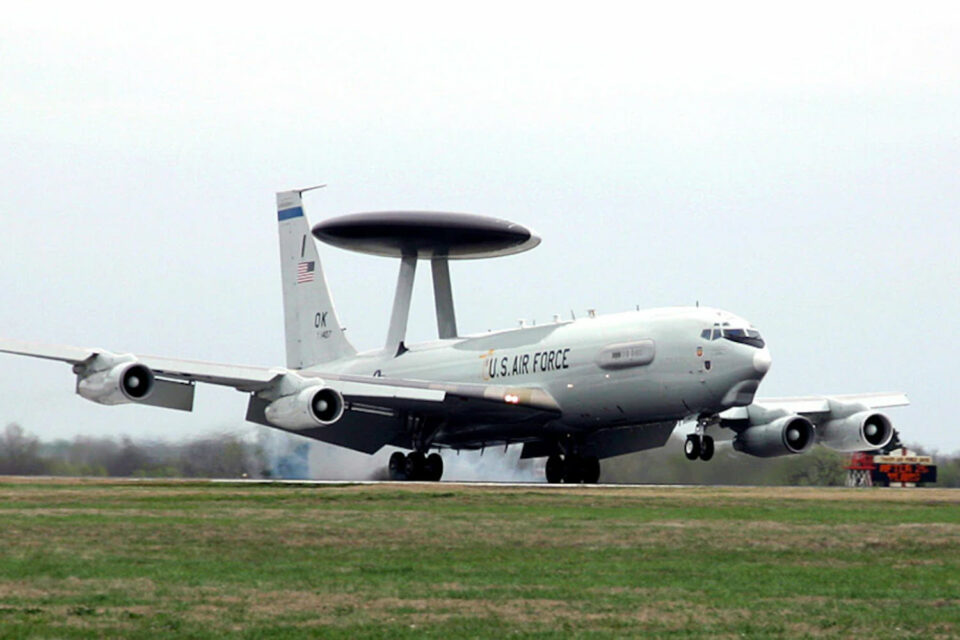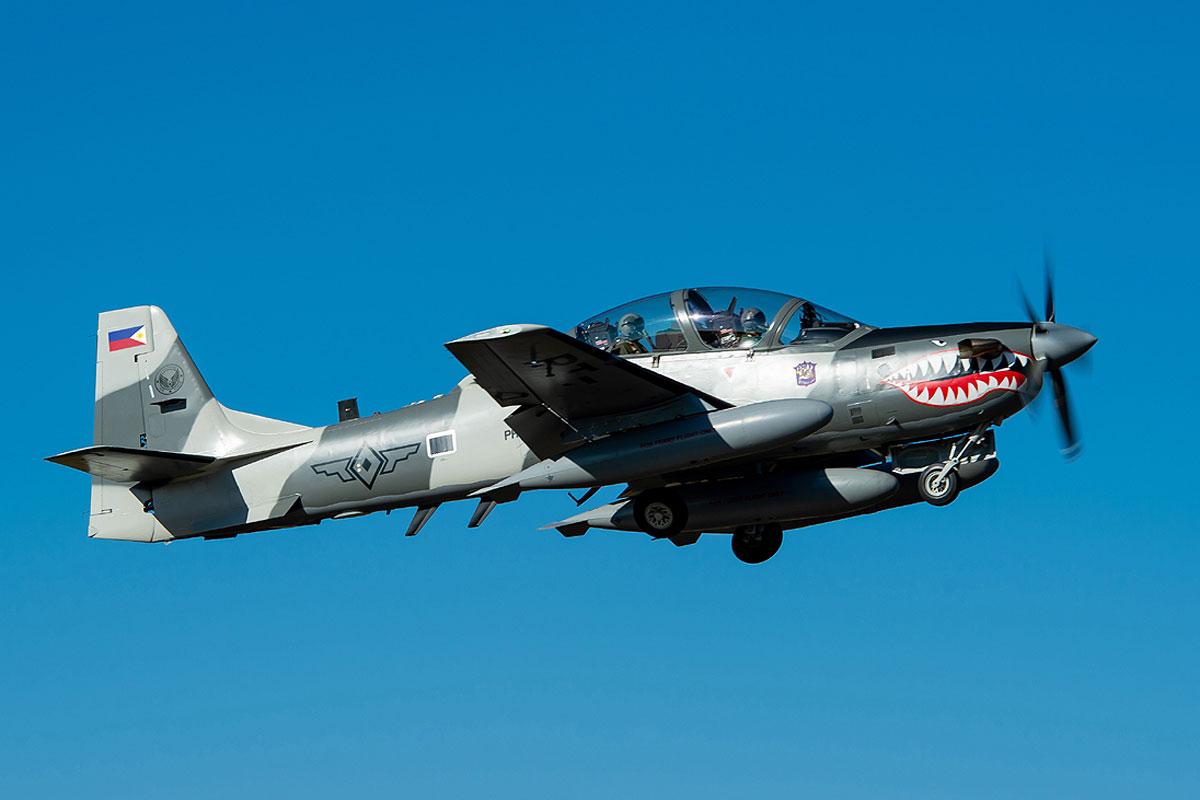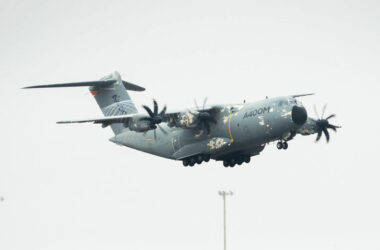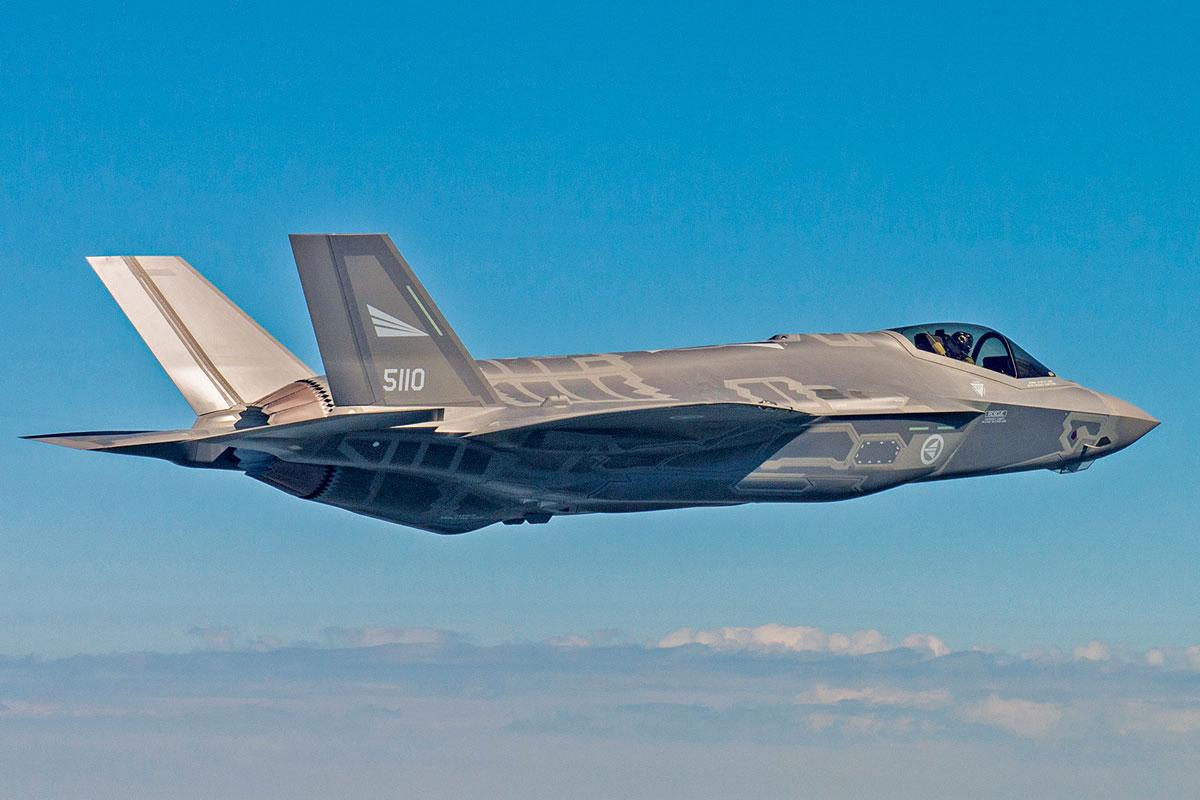Boeing has been awarded a $1.2 billion contract from the US Department of Defense to develop two variants of the E-7 Airborne Early Warning & Control (AEW&C) aircraft for the US Air Force (USAF).
The program, called the E-7 Rapid Prototype, foresees the conclusion of development by August 2024. The Air Force’s goal is to begin production of the future replacement for the “radar plane” E-3 Sentry from 2025, with the delivery of the first aircraft in 2027.
In all, the USAF is expected to operate 26 E-7s by 2032. In the meantime, the E-3s will be updated to meet the need for the service.
The choice of the E-7 Wedgetail by the Pentagon is an emergency measure given the difficulties in keeping the E-3, based on the old Boeing 707 passenger jet, in service.

Boeing designed the E-7 thanks to an initial order from the Royal Australian Air Force (RAAF). The aircraft is based on the 737-700 and is equipped with the MESA (Multi-role Electronically Scanned Array) sensor, capable of tracking air and maritime threats in 360 degrees.
The E-7 systems architecture is open, allowing future upgrades and adaptations.
Follow ADN: Facebook | Twitter
After Australia, the Republic of Korea Air Force, the Turkish Air Force and the Royal Air Force also ordered the aircraft, which is still in competition with NATO to take the place of the E-3 Sentry in the military alliance.
“The E-7 is a proven platform,” said Stu Voboril, E-7 program vice president and general manager. “It is the only advanced aircraft that is capable of meeting the U.S. Air Force’s near-term Airborne Early Warning & Control requirement while enabling integration across the joint force.”






